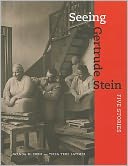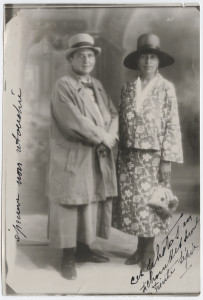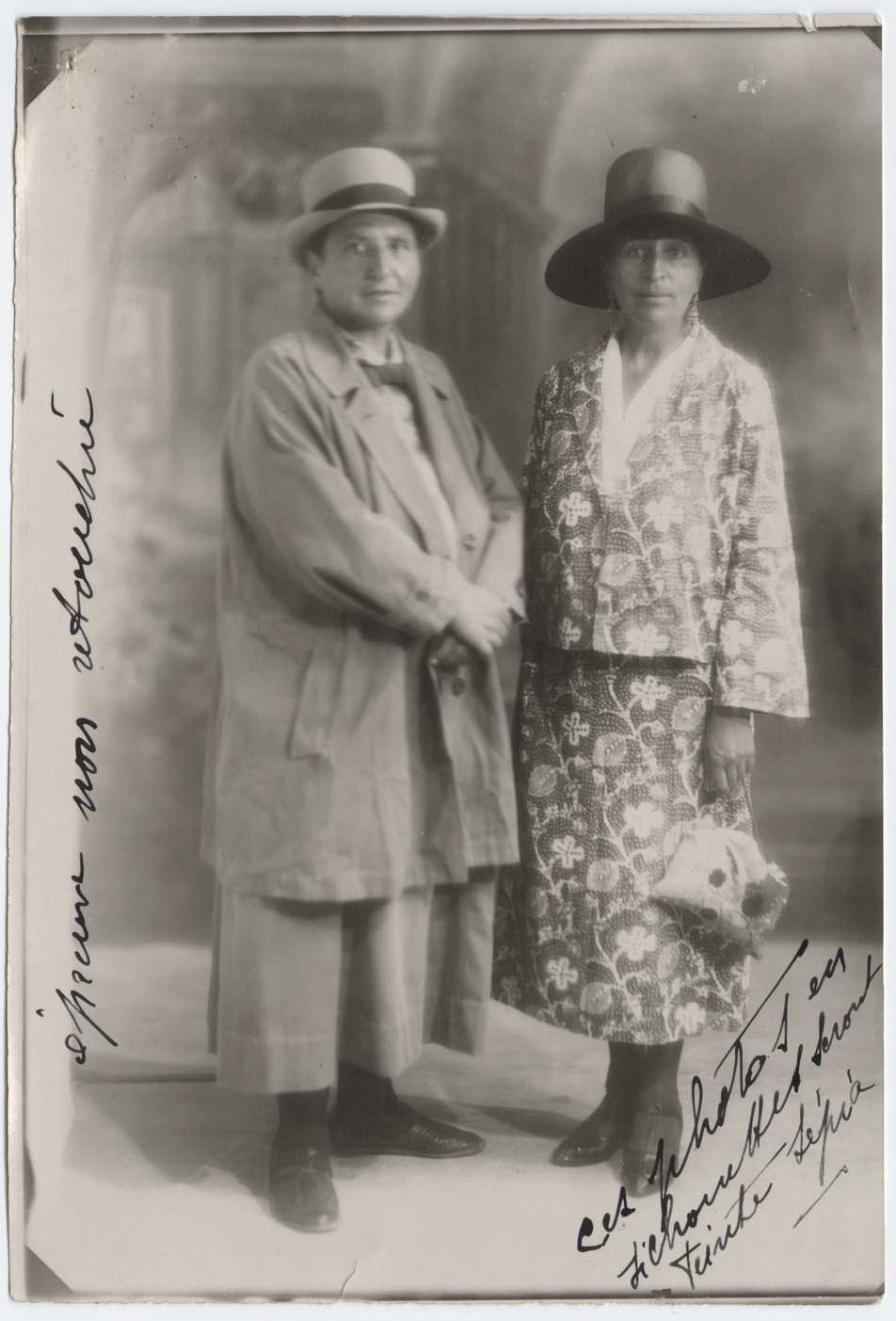 Seeing Gertrude Stein: Five Stories
Seeing Gertrude Stein: Five Stories
Curated by Wanda M. Corn and Tirza True Latimer
U. of California Press. 403 pages, $45.
FEW AUTHORS have been more intent on making a reputation for themselves than Gertrude Stein. The fact that her name is known today by many people who have never read a word she wrote testifies to the success—but also somewhat to the failure—of her endeavor. As depicted most recently by Kathy Bates in Woody Allen’s Midnight in Paris, which examined the continuing American fascination with an image of Paris in the 1920’s that Stein did a great deal to create, Stein is better known for the artistic careers she fostered than for her own creative output.

The essays in this catalog, while they certainly speak about Stein’s writings, are not intended to rectify that situation. Instead, Wanda M. Corn and Tirza True Latimer discuss a remarkable and highly diverse collection of visual artifacts from the lives of Stein and her longtime companion, Alice B. Toklas. As Corn remarks, no one understood better than Stein “the power of imagery to shape her reputation and public identity.” The curators examine how she went about that task while helping to shape modern art itself.
Although Stein showed signs of using clothing to shape her image even as a teenager, it was only when she had settled in Paris in 1903, by then in her late twenties, that she began to develop the distinctively masculine style of self-presentation by which she is remembered today. She took advantage of the freedom that Paris offered, something she hadn’t found in the middle-class worlds of San Francisco and Baltimore where she grew up. Starting quite powerfully with Picasso’s 1906 portrait, which she finally gave to the Metropolitan Museum of Art to make sure they would go on publicizing her even after her death, she allowed painters and photographers to portray her in ways that contributed to that self-presentation.
This project included allowing them to portray her as a lesbian. Corn asserts with no contextual qualifiers that “Stein and Toklas are famous today as the ‘first family’ in the history of lesbianism to be publicly uncloseted and acknowledged.” This may or may not be true, but it is certainly true that Stein pushed the envelope on this matter, first by presenting herself as more like a man than a woman, then by offering herself and Toklas as a couple. Corn maintains that “her use of her body and dress to perform her sexual preference and artists’ responses to her self-construction helped initiate a public discourse about sexual choice that continues to this day.” Despite all the gay male artists she knew and worked with, however, she doesn’t seem to have considered combating discrimination against them.
It is interesting that for all her love of modern art, at least in her early years, Stein presented her relationship with Toklas as very traditional and middle-class. There was still a husband and a wife with a traditional division of labor. Nevertheless, when Stein made her one return visit to the U.S for a lecture tour in the mid-1930’s, the American press noticed only her femininity. Her lesbian self-presentation seems to have had an effect on the ever-shifting group of artists with whom she surrounded herself, however. Having started out with many heterosexuals like Picasso and Hemingway, it became more and more exclusively gay.
In one way her milieu never changed, however: it remained what Latimer calls “an asymmetrically masculine affair.” Even when women attended her salon, they didn’t get her attention. Janet Flanner recalled that “at Stein-Toklas parties, the gentlemen would congregate loyally around Gertrude, while we ladies would be grouped around the tea table presided over by Alice.” She had nothing against “the cause of women or any other cause,” Stein once protested, but saw no reason to commit herself to any one of them. She crusaded for art and for herself, but not for women in general.
This book has the usual problems of a multi-authored exhibition catalog: there is a fair amount of repetition from essay to essay. When, on page 327, in a discussion of Andy Warhol’s The Autobiography of Alice B. Shoe, the text informs us that it “references Stein’s best seller of 1933, The Autobiography of Alice B. Toklas,” a book that has already been mentioned numerous times, one wonders if the full title is really necessary. Still, the treasure-trove of artifacts, especially the paintings and photographs, is fascinating, as are the discussions of them. In her own way, Stein did force many people to consider the issue not only of homosexuality but also of gays creating a couple and a family that functioned unapologetically in the light of day. She got some great artists, not all of them gay, to aid her in this pursuit. This book does a fine job of showing how it all came about.
Richard M. Berrong is the author of In Love with a Handsome Sailor, a gay reading of the novels of Pierre Loti.






